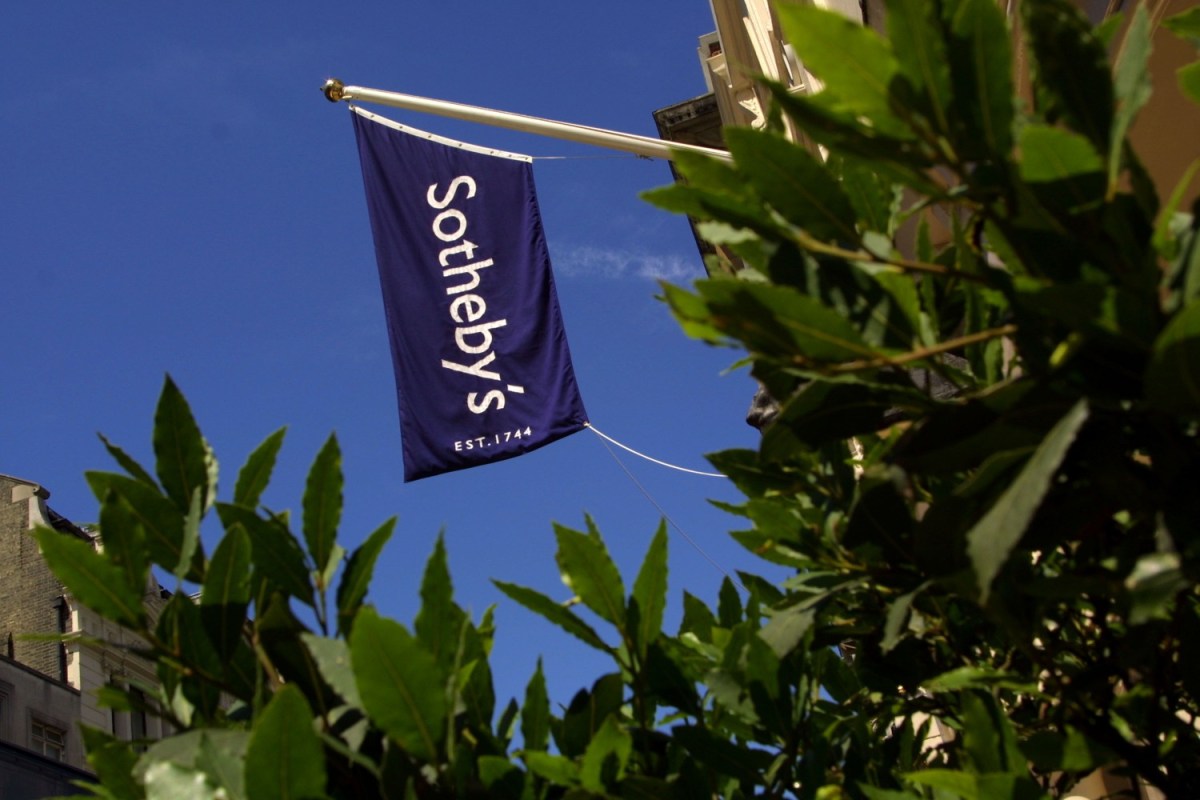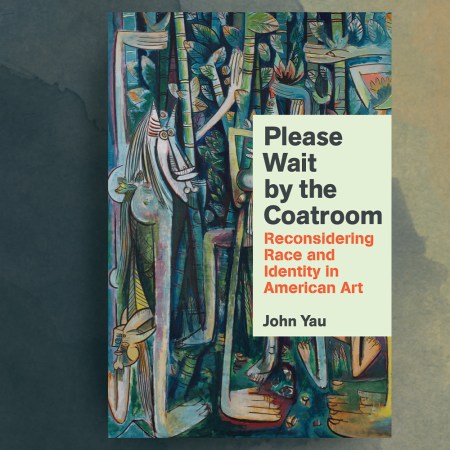What does the global art market look like right now? Arguably, that depends on who you ask. Writing at The Art Newspaper in February, Scott Reyburn observed, “2023 wasn’t a great year for the international art market. But 2024 promises to be better.” A recent ARTnews dispatch from Art Basel Hong Kong offered similarly mixed news: Hauser & Wirth seemed to be having a good run of sales there, while other galleries weren’t faring as well.
In a new piece for Puck, Marion Maneker analyzed a recent change in fees from auction house Sotheby’s. Specifically, it’s streamlining its fee structure, while also being more stricter about collecting a vendor’s commission. Maneker describes this as “shifting the burden slightly from buyer to seller,” with the goal of reviving activity in the art market.
That said, this change means that there’s some risk involved for the house. As Maneker writes, “Sotheby’s has announced it will stop giving its best clients some of the house’s fees.”
At “Copy Machine Manifestos,” Zines Are Cemented in the Art World
The Brooklyn Museum exhibit celebrates the work of DIY countercultureManeker also points out that there’s also another important aspect to the Sotheby’s fee structure change: its competitors aren’t making similar moves. (At least not yet.) He observed that Christie’s and Phillips are not implementing comparable changes for their operations.
As the article notes, it could be a little while before art world observers see whether or not this change is effective. Still, if this does have the desired effect for Sotheby’s, it’s easy to see this learning to more changes in the industry before long.
This article appeared in an InsideHook newsletter. Sign up for free to get more on travel, wellness, style, drinking, and culture.



















